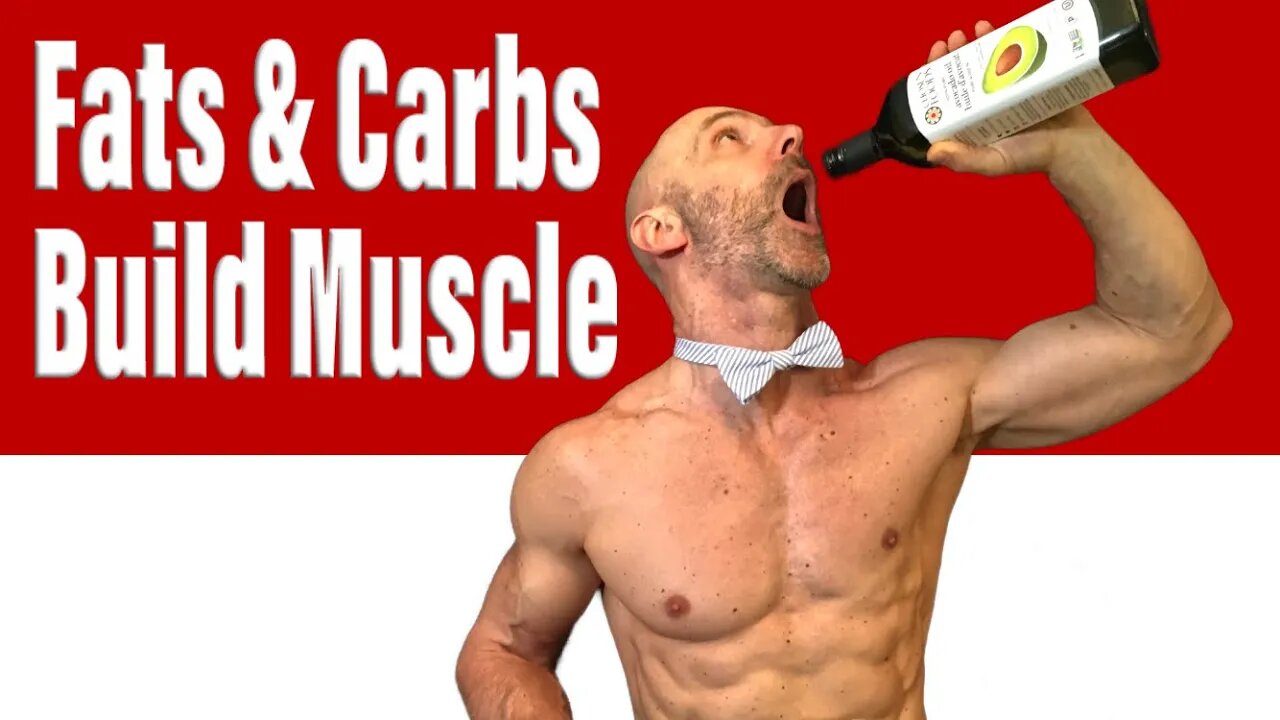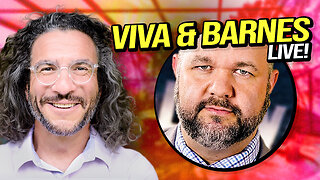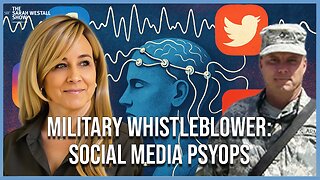Premium Only Content

The Best Foods For Building Lean Muscle For Men Over 50
The best foods for building lean muscle for men over 50
If you are interested in losing body fat and adding muscle, please email me at 1shark1bite@gmail.com for information on my personal training services.
Check your testosterone levels from home. Just click this link http://trylgc.com/laurence and receive 20% off with code: LAURENCE20 I receive commissions on referrals to LetsGetChecked. I only recommend services I know and trust.
Facebook; https://www.facebook.com/Fit-and-50-5...
My Amazon page link; https://www.amazon.com/shop/fitand50
My Affiliate link to Lebert for their Equalizer bars and more; https://lebertfitness.com/?ref=hmkesu... and use the discount code FITAND50 you will receive 15% off your purchase
Most people are aware that we need to consume good quality foods if we want to build muscle and maintain good health. This becomes even more critical as we grow older. In addition to this, eating the right foods help us maintain our hormones at optimum levels.
Usually, when we talk best foods to build muscle we focus on Protein, but today I’m going to flip the script and focus on fats and carbs. As these are less talked about and are an important part of the equation. I’ll leave a link at the end of this video to one that focuses more on protein.
Fats are essential in our diet. When it comes to building muscle they assist by keeping our testosterone high, improving insulin sensitivity this enables us to store more calories or energy in the muscle tissue as opposed to storing it as fat, and fats are a key trigger in protein synthesis.
All fats aren’t equal though, with the only true bad fat being trans fats. While it does exist in trace amounts in the food we eat naturally, where it is the most dangerous is the man-made versions that are slowly being outlawed from use.
The next fat that is considered to be a bad fat is saturated fats. This label of as a bad fat isn’t entirely accurate though as we need it to optimize our Testosterone levels. If you eat animal products then your sure to be getting enough of this classification of fat. The best non-meat source would be coconut. You don’t need a lot of saturated fats, for most people 6% of your daily required calories is lots with athletes being allowed slightly more at 10%.
Monounsaturated fats are up next these are considered a healthy fat. You find these in nuts like almonds, cashews and pistachios. And foods like olives and avocados. Olive oil which contains monounsaturated fat is a big part of the Mediterranean diet and one of the reasons it is considered to be so healthy.
This brings us to polyunsaturated fats which are our omega 3 and omega 6 fatty acids. These are essential fats as without enough of them we run the risk of serious health issues and an unhealthy body does not build muscle.
One of the things that has happened with our modern-day diets is the ratio of omega 6 fatty acids and omega 3’s has gotten out of whack. It should be close to a 1 to 1 ratio or a 1 to 4 at most, but nowadays it is closer to 1 to 15 or 1 to 17 ratio. Omega 6’s has health Benefits in the right quantities, supporting immune system function and relieving symptoms of diseases like rheumatoid arthritis, but in the wrong quantities has been associated with high blood pressure, heart attack and stroke.
Buy lowering our intake of omega 6 and increasing our consumption of omega 3 fatty acids we can bring things back into proper balance. Omega 3’s have a long list of health benefits from the brain to bone health and can even help us lose body fat.
The best way to lower omega 6’s is to consume less vegetable and seed oils that are high in 6’s like sunflower, corn, soybean and cottonseed oils. We can increase our omega 3’s by eating more seafood and having fatty fish like salmon a couple of times a week. A fish oil supplement is another option.
Overall fats should take up about 20 to 35% of our diet. Protein intake is typically recommended to be in the 25 to 35% range. Leaving anywhere from 30 to 55% of our diet being carbs based on personal preference.
It is easy to over-complicate carb intake, by talking about hi and low glycemic foods, simple and complex carbs, fast-digesting and slow-digesting carbs.
We can simplify this by just looking at carbs as nutrient-dense carbs and nutrient-void carbs. The nutrient-dense carbs are the ones that we want to eat most of the time say 80 to 90% of the time and these come from whole food sources. These are the foods that provide us with the vitamins, minerals, phytonutrients and fibre we need to optimize our body composition and workouts. These include fruits, vegetables and whole grains. With the focus being on vegetables making sure we have some at every meal.
-
 6:16
6:16
Fit and 50
2 years ago $0.06 earnedMike Mentzer’s High-Intensity Training (Brilliance or Madness?)
1.44K5 -
 LIVE
LIVE
vivafrei
20 hours agoEp. 278: D.C. Peace Wave! Big Tish & Nipple Judge SPANKED! "Maryland Man" Trafficker FREE & MORE?
4,755 watching -
 UPCOMING
UPCOMING
Nerdrotic
1 hour agoMysteries of 3I/ATLAS | Forbidden Frontier #113
-

Exploring With Nug
13 minutes agoWhat’s Hiding Under This Dallas Lake We Found a Vehicle!
-
 LIVE
LIVE
Barry Cunningham
6 hours agoBREAKING NEWS: PRESIDENT TRUMP SET TO TAKEOVER CHICAGO AND BOSTON!
2,550 watching -
 LIVE
LIVE
SpartakusLIVE
46 minutes agoThe BADDEST Duo in WZ Exhibits PEAK Physique || Duos w/ Sophiesnazz to start, quads later
928 watching -
 LIVE
LIVE
LumpyPotatoX2
1 hour agoSunday Funday on HellDivers - #RumbleGaming
67 watching -

Esports Awards
3 hours agoEsports Awards: Decade Awards 2025
29K3 -
 1:02:58
1:02:58
Sarah Westall
2 hours agoMILITARY WHISTLEBLOWER: How Social Media Military Level Psyops are Manipulating You w/ Patrick Bergy
6261 -
 30:41
30:41
Stephen Gardner
1 hour ago🔥WHITE HOUSE GETS UNEXPECTED BIG WIN!
1.13K9